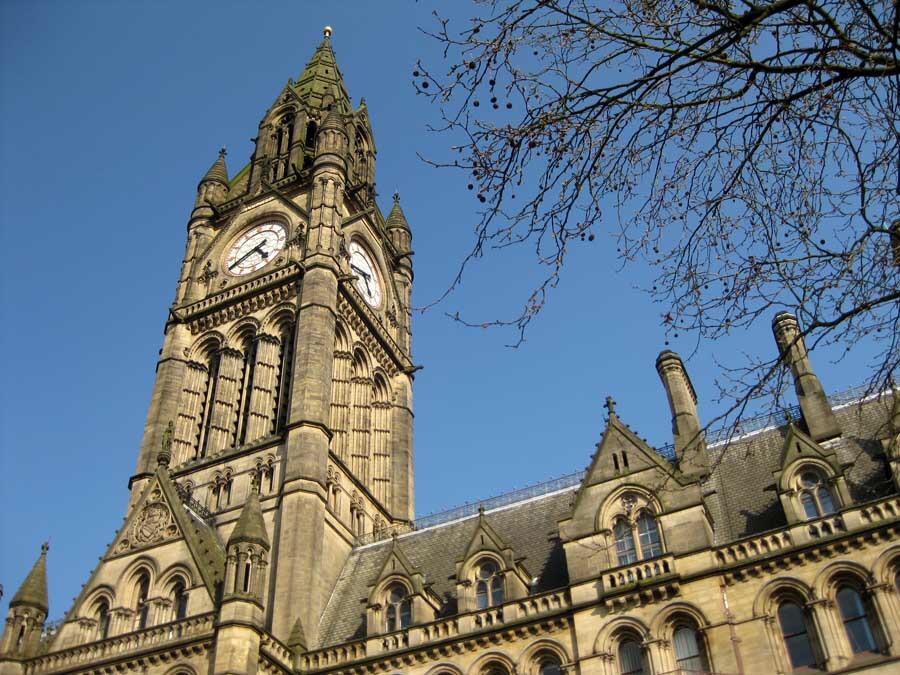A new system providing environmentally friendly heat and power to buildings in the heart of the city centre has taken a step forward that will make a significant contribution to reducing Manchester’s carbon emissions.
Detailed plans are now being considered for the creation of a Civic Quarter Heat Network, the first project of its kind in the city, and it is hoped that construction can begin next summer.
Once up and running, the system will mean a network of buildings, including Manchester Town Hall, Manchester Art Gallery and Heron House will receive a reliable supply of low carbon heat and power over the next 30 years, while it will also improve air quality and reduce the amount of public money the City Council spends on energy.
Other buildings, including Manchester Central, the Bridgewater Hall, the Town Hall Extension and Central Library will receive electricity as well as heat, while other privately owned building based nearby can also benefit from the project if they choose to.
The scheme will see a modern plant containing highly efficient, low emission combined heat and power units set up at Manchester Central. As well as providing very few or even no polluting nitrous oxides, the plant will reduce the City Council’s carbon emissions by at least 3,500 tonnes by year – the equivalent of more than 1,000 times the amount produced by an average family car over a year – while also avoiding the cost of replacing other aging facilities in the individual buildings.
A technical feasibility study has already been carried out into the project and City Council’s executive has approved £500,000 to progress the scheme in order to finalise the scheme’s design and to determine the overall cost of delivering the project.
It is hoped that the work on progressing this heat network will lead to the development of similar schemes across the city with technical feasibility studies already underway for heat networks along Oxford Road and in and around the Co-op’s NOMA development.
The civic quarter heat network is being planned as part of the Manchester – A Certain Future plan, which aims to reduce the city’s carbon emissions by 41 per cent by 2020 and involves a wide range of organisations including City Council, businesses and both universities.
The City Council has created an action plan to reduce its own emissions, which includes proposals to reduce the energy within its own buildings – which contribute 66 per cent of these emissions.
Cllr Kate Chappell, Manchester City Council’s Executive Member for the environment, said: “Heat networks like this are used extensively elsewhere in Europe but this will be the first in Manchester and I hope it will lead the way for others to be set up in the city and further afield across the city region.
“The system will not only save the City Council a lot of money and prove to be a vital step in reducing our own emissions, but we hope other businesses will come on board to benefit from the scheme.”







